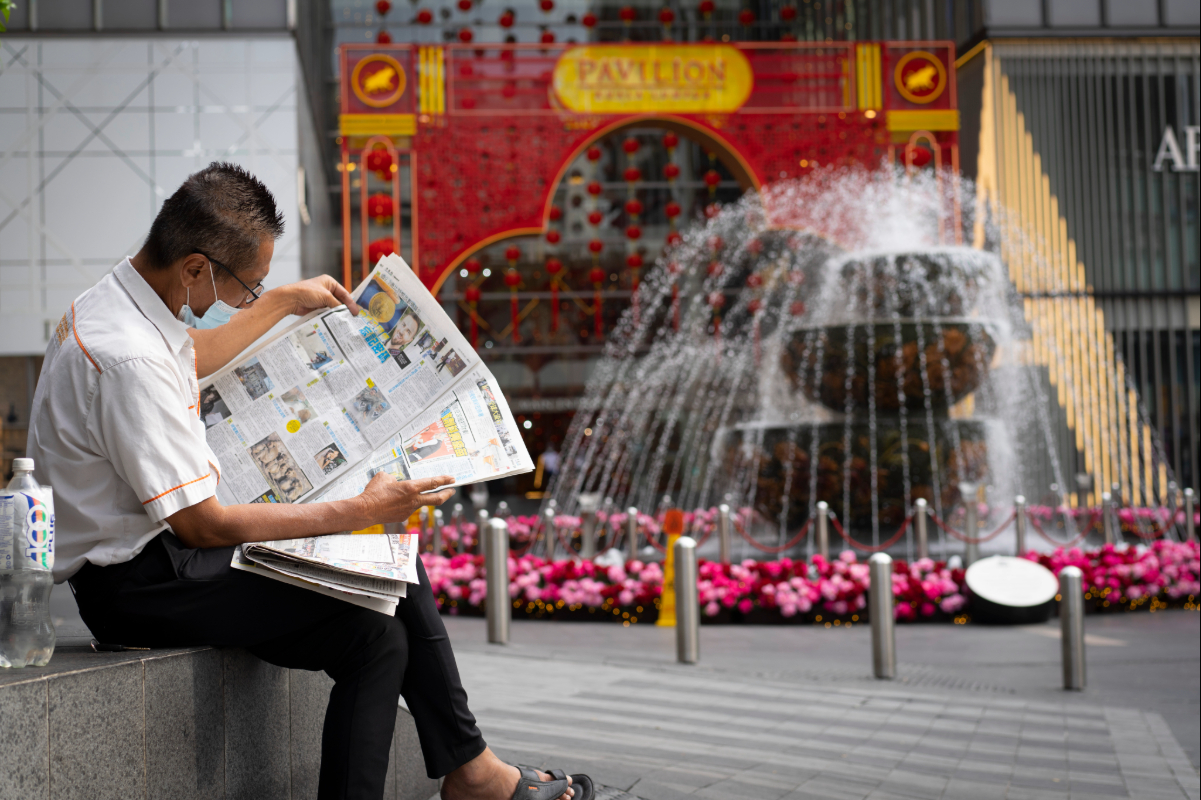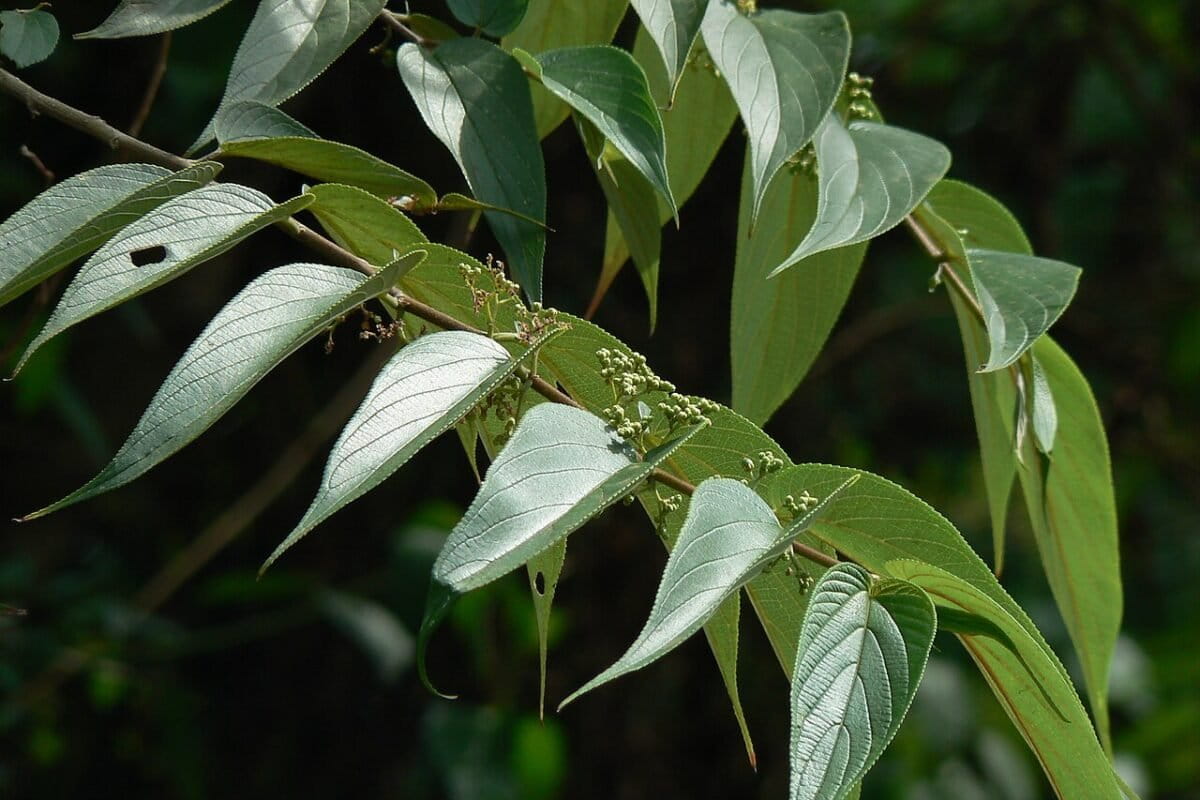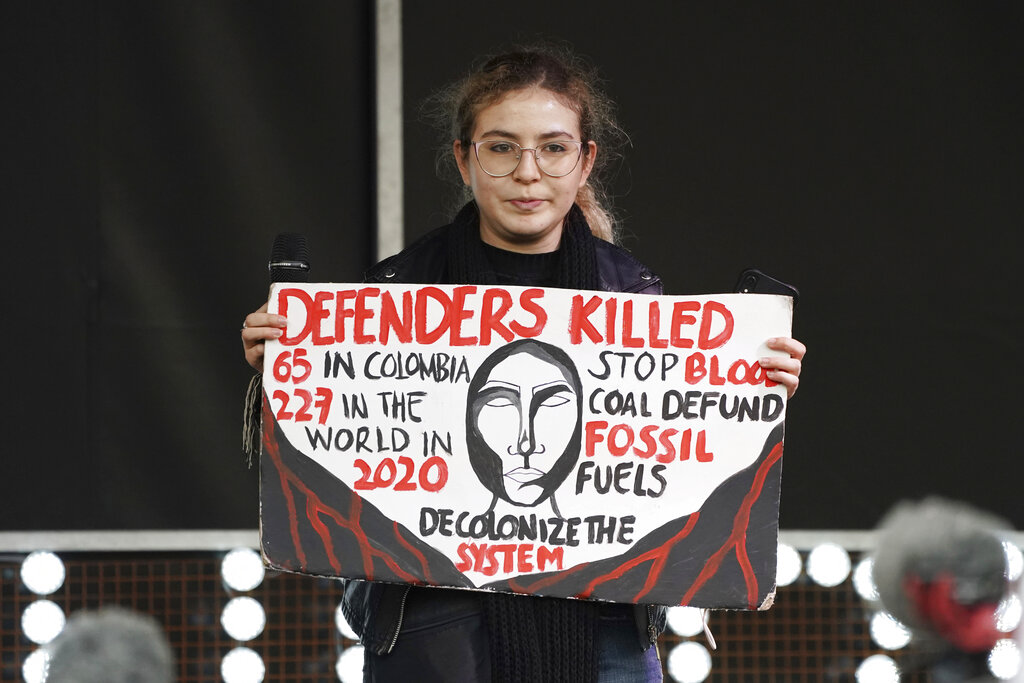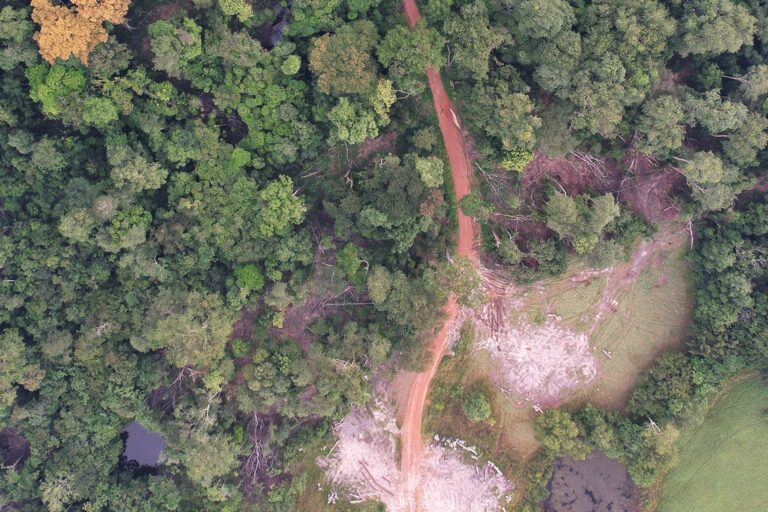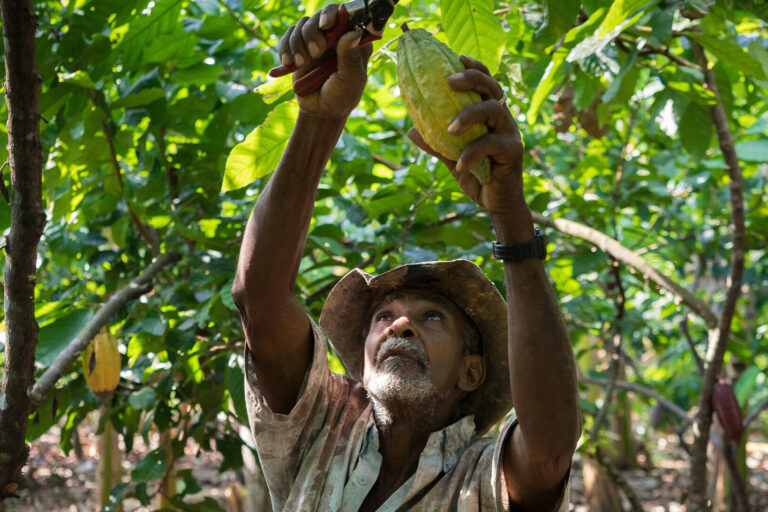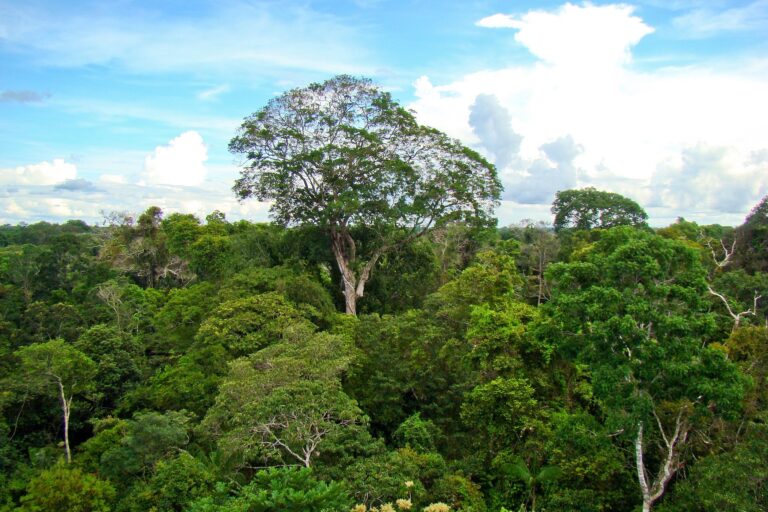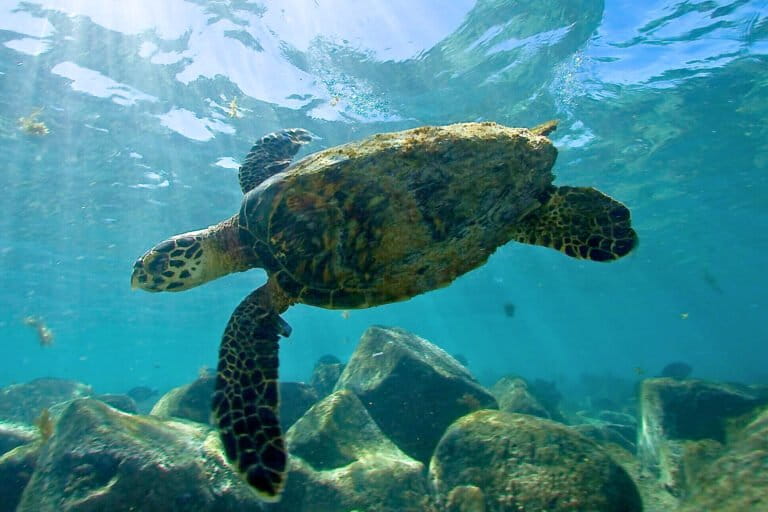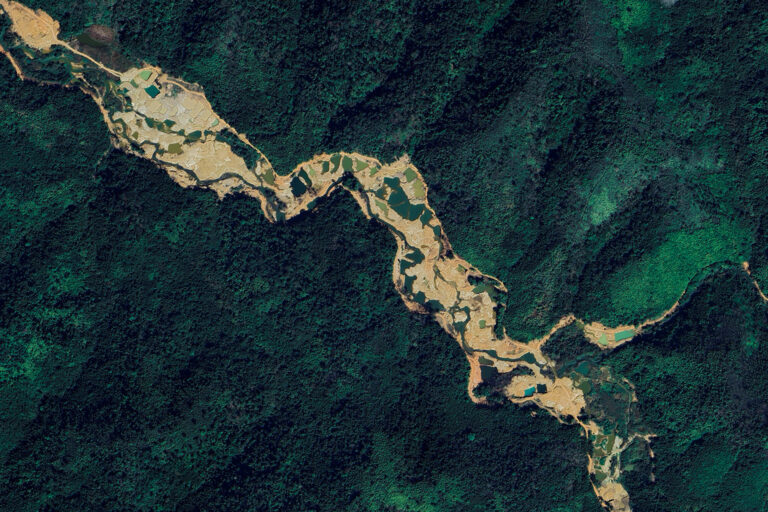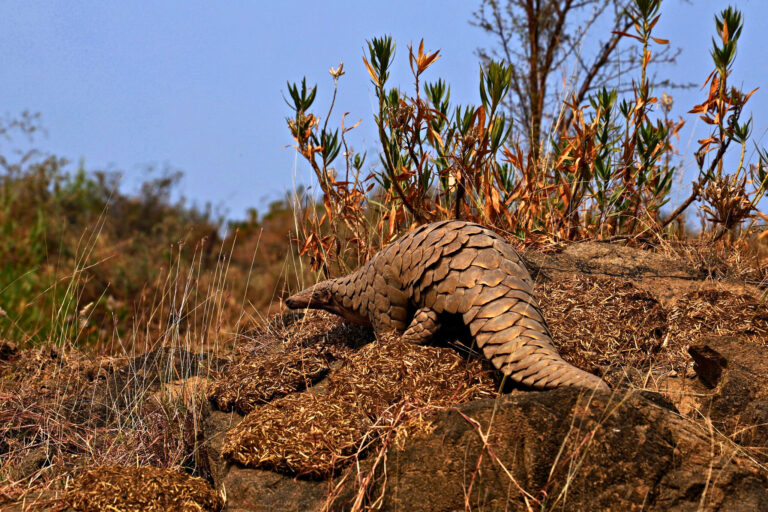Mining activities at Guinea’s Simandou iron ore megaproject are polluting waterways and degrading agricultural land, according to community representatives and advocates who spoke at a recent press briefing. Their concerns were supported by a study of water and soil samples from seven towns downstream of the mine.
The study, conducted in February by the Council for Scientific and Industrial Research in Ghana, showed dangerously high acidity in the town of Badoula, near the mine. The study notes that the contamination is “clearly linked to anthropogenic pollution, particularly from ongoing mining activities in the Simandou Mountains.” In another town, dissolved solids in the water sample were said to be too high to cultivate rice.
Export of Simandou’s iron ore has been an elusive government goal for decades. The ore is finally set to reach export markets by the end of this year; the deposits are expected to produce upward of 120 million tons of ore per year.
The project’s four development blocks are owned by two consortia, which include the British-Australian mining giant Rio Tinto, a number of Chinese and East Asian companies and the Guinea government. China has taken a particular interest in Simandou, which is estimated to contain as much as 1.5 billion metric tons of ore. The mine is projected to erode Australia’s dominant position in global iron ore export markets.
Simandou’s high-quality iron ore can be refined using “green” hydrogen-based steelmaking techniques, which will produce far fewer carbon emissions. However, in addition to polluting water and soil, conservationists say it’s already harming local populations of endangered western chimpanzees (Pan troglodytes verus).
According to presenters at the briefing, runoff from the mines has destroyed downstream farmland and contaminated streams that communities use for drinking and bathing.
“With the intensification of construction development activities, the main river is currently polluted,” Amara Camara, a community monitor from the town of Kerouané, said during the briefing. “This affects almost all of the communities because the backwaters reach them from that river.”
Water analysis showed acceptable levels of metals in most sample sites, but some were too acidic for human consumption.
Observers say Rio Tinto’s response to community concerns has been “slow.”
In 2024, the Ghana-based NGO Advocates for Community Alternatives (ACA) helped a group of affected communities file a challenge to the project’s environmental certification with the Supreme Court of Guinea.
“We aim to ensure the companies comply with Guinean and international law,” Koulmou Yéreké, legal officer at ACA said in the briefing. “The implementation of this project violates the laws and regulations in place in this area.”
In a press release, participating communities called for Rio Tinto and other subcontractors to “uphold their commitments and address the growing list of unresolved grievances.”
Mongabay reached out to Rio Tinto for a comment but the company did not respond by the time of publication.
Banner image: Guinea Simandou iron ore railway by mwmbwls via Flickr (CC BY-NC-SA 2.0).




